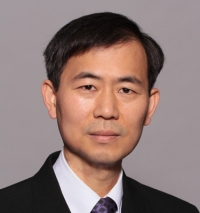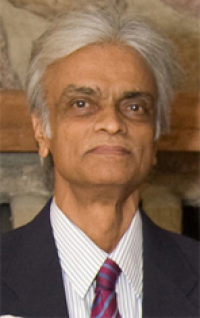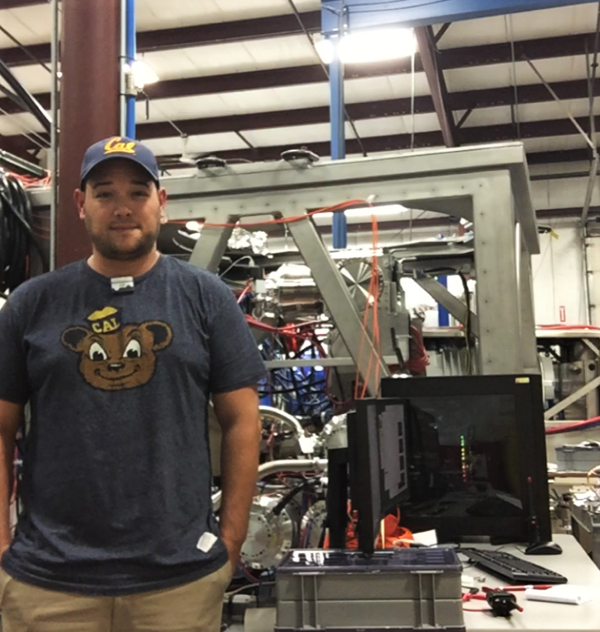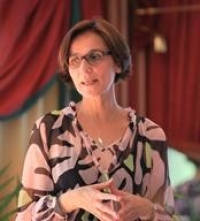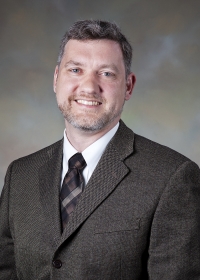Archive for October 2018
Nuclear Forensics and What it Can Tell Us about Materials from the Front End of the Uranium Fuel Cycle
SPEAKER: NAOMI E. MARKS RESEARCH SCIENTIST DATE/TIME: MON, 10/29/2018 – 4:00PM TO 5:00PM LOCATION: 3105 ETCHEVERRY HALL Fall 2018 Colloquium Series Abstract: Cohosted together with the NSSC The illicit trafficking of radioactive and nuclear materials has been the subject of increasing concern in the international community over the past decade. These materials are problematic because of their radiotoxicity, and…
Read MoreQuantitative molecular imaging using ionizing radiation
SPEAKER: DR. YOUNGHO SEO UC BERKELEY – UCSF DATE/TIME: MON, 10/22/2018 – 4:00PM TO 5:00PM LOCATION: 3105 ETCHEVERRY HALL Fall 2018 Colloquium Series Abstract: Molecular imaging modalities such as SPECT and PET can provide quantitative information about diseases or other conditions for which they were designed for. By studying challenging applications of these imaging modalities, particularly in the…
Read MoreEvolution of the US-India Civilian Nuclear Agreement: Interplay among Science, Policy, Politics and Diplomacy
SPEAKER: SATISH V. KULKARNI, PH.D. VIRGINIA TECH DATE/TIME: MON, 10/15/2018 – 4:00PM TO 5:00PM LOCATION: 3105 ETCHEVERRY HALL Fall 2018 Colloquium Series Abstract: Today, the US – India relationship is rooted in shared values and is broad in nature and scope, with the two countries working together on the Indo-Pacific strategic partnership encompassing global and energy security, life…
Read MoreNE MEng Alumni, Joshua McCumber writes about balancing academics and work in new blog on Medium
NE MEng Alumni, Joshua McCumber writes about balancing academics and work in new blog on Medium MONDAY, OCT 15TH 2018 In his new blog post on Medium entitled “A Nuclear Balance: UC Berkeley’s MEng program and full-time work,” Joshua McCumber shares his story, his challenges and triumphs as a nuclear engineer. At Berkeley, the intellect…
Read MoreNuclear energy challenges in Europe and the transmutation promise
SPEAKER: DR. CONCETTA FAZIO DEPUTY HEAD OF THE NUCLEAR FUEL SAFETY UNIT OF THE EUROPEAN COMMISSION JOINT RESEARCH CENTRE (JRC) DATE/TIME: FRI, 10/12/2018 – 11:00AM TO 12:00PM LOCATION: 3111 ETCHEVERRY HALL Fall 2018 Colloquium Series Abstract: The European Commission plays an important role in shaping European energy policies and providing science-based results as generated by the Joint Research Centre…
Read MoreCreating, Diagnosing, and Controlling High Energy Density Matter with the National Ignition Facility
SPEAKER: MARK HERRMANN LAWRENCE LIVERMORE NATIONAL LABORATORY DATE/TIME: MON, 10/01/2018 – 4:00PM TO 5:00PM LOCATION: 3105 ETCHEVERRY HALL Fall 2018 Colloquium Series Abstract: The National Ignition Facility (NIF), at Lawrence Livermore National Laboratory, is the world’s largest laser. NIF houses 192 beams that can deliver over 1.8 MJ of ultraviolet energy and peak powers of 500 TW to…
Read More
